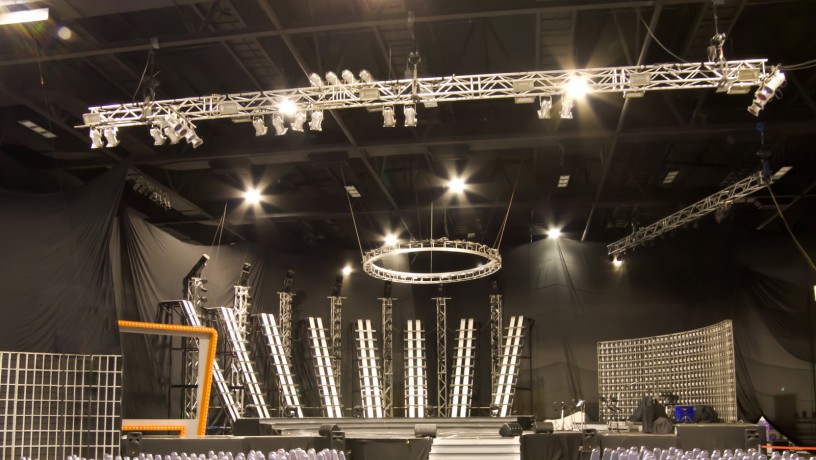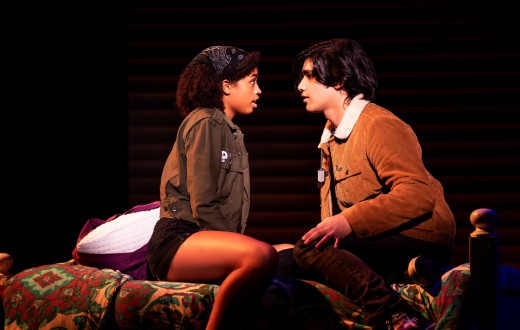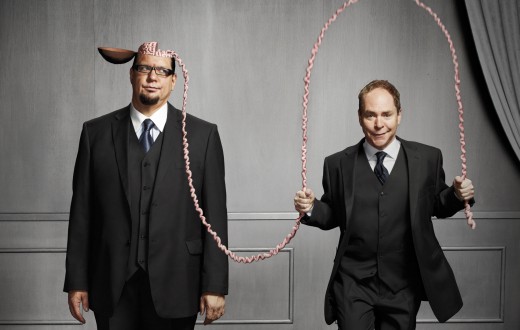Actors should be interested in learning about stagecraft, which includes blocking, stage movement, interacting with props, understanding stage terminology and working with stage crew. It plays a crucial role in theatrical performances, contributing to the overall effectiveness and believability of a production.
Stagecraft is a collaborative effort involving various professionals, including directors, set designers, lighting designers, sound designers and technicians. It fosters teamwork, creativity and effective communication among the theater team, leading to a cohesive and well-executed production.
What’s all of that actually mean? Through the effective use of stagecraft, the audience is transported into the world of the play. It makes you want to be there instead of looking at your watch wondering when the show will be over. It elevates the production beyond the script and performances, creating a multi-dimensional sensory experience that engages the audience’s imagination, emotions and intellect. It may even make you want to see the show again and again.
Here are several reasons highlighting the importance of stagecraft:
Enhancing the Atmosphere: Stagecraft elements such as set design, lighting, sound and special effects work together to create a specific atmosphere or mood that complements the story being told. These elements help immerse the audience in the world of the play, evoking emotions and enhancing the overall theatrical experience.
Supporting the Narrative: The use of stagecraft helps visually and audibly communicate the story to the audience. Set pieces, props and scenic designs provide context and establish the environment in which the characters exist. They help transport the audience to different locations, time periods or even abstract settings, making the narrative more engaging and understandable.
Establishing Character and Setting: Through stagecraft, actors are provided with a physical environment that supports their performances. The set design, props and costumes aid in character development, reflecting their personalities, social status and historical context. The stagecraft elements serve as visual cues for the audience, enriching their understanding of the characters and their world.
Creating Visual Spectacle: Spectacle plays an important role in theater, captivating the audience’s attention and leaving a lasting impression. Effective use of stagecraft elements, such as lighting effects, scenic designs, and grand set pieces, can create visually stunning moments that heighten the dramatic impact and leave the audience in awe.
Guiding Focus and Emphasis: Stagecraft helps direct the audience’s attention to key elements of a scene or performance. Through lighting techniques, props placement and blocking, the director and designers can guide the audience’s gaze and highlight significant moments, important actions, or crucial details. This ensures that the intended focus and meaning of the scene are effectively conveyed.
Supporting Technical Requirements: Stagecraft also encompasses the technical aspects of a production, including sound reinforcement, set construction, rigging and stage management. These elements ensure smooth transitions, safe operations and the seamless integration of technical cues, allowing the actors to focus on their performances without distractions or disruptions.
At What Point is Stagecraft Too Much?
As an audience member, there have been plenty of times where I was distracted away from the story.
When stagecraft elements become overwhelming or overly complex, they can divert the audience’s attention away from the narrative or the actors’ performances. If the audience is constantly focused on elaborate set changes, flashy effects or excessive technical gimmicks, it can hinder their ability to connect with the characters and story.
I must admit, I do enjoy background “flashiness” and I love attending busy productions more than once just to see if there’s anything I missed – perhaps something small in the background that, while it doesn’t have a major purpose to the story, it subtly enhances the content.
This may not be the case for everyone, however. If stagecraft elements, such as set changes or technical cues, cause frequent interruptions or prolonged delays, it can disrupt the flow of the performance and diminish the audience’s engagement. What a task!
 What Stagecraft Skills Should Every Actor Master?
What Stagecraft Skills Should Every Actor Master?
Ah-ha! Now that we have an understanding of exactly what stagecraft means, we can get into the meat of it all. There are several foundational stagecraft skills that can benefit every actor…
Stage Movement and Blocking: Actors should develop a strong sense of stage presence and the ability to move confidently and purposefully on stage. Understanding blocking (the planned movements and positions on stage) ensures smooth and coordinated performances with other actors.
Prop and Set Interaction: Actors should learn how to handle props (objects used on stage) and interact with set pieces in a natural and convincing manner. Before using a prop, take the time to examine and familiarize yourself with it. Understand its purpose, function and any specific instructions or precautions related to its use.
Stage Awareness and Safety: Being aware of the stage environment and its potential hazards is crucial for an actor’s safety. This includes understanding stage markings, entrances and exits, backstage protocols and basic technical aspects of the stage. I’m sure you’ve heard of times where an actor trips or falls off the edge of the stage.
Adaptability and Versatility: Actors should cultivate adaptability to work in different performance spaces, with various set designs, and in diverse theatrical styles. Being open to learning new techniques and adjusting performances based on the specific requirements of each production is important for professional growth.
Stagecraft Awareness: While actors may not be directly responsible for executing technical aspects of stagecraft, having a basic understanding of lighting, sound, set design and other technical elements can foster collaboration and enable effective communication with the production team.
Ultimately, the appropriateness of stagecraft depends on the specific artistic goals, context and intended audience experience of each production. Striking the right balance between stagecraft and the core elements of storytelling, performance and audience engagement is essential to avoid crossing the line where stagecraft becomes excessive or overwhelming. Collaboration, thoughtful planning and maintaining a clear artistic vision are key in ensuring that stagecraft serves the production without overpowering it.
So you see, your job as an actor is not just the storytelling part – it’s being a part of the entire production. There’s so much more to learn and DirectSubmit @NYCastings will continue to bring you information and knowledge to help build your acting career. Be sure to follow us to enhance your career path!







